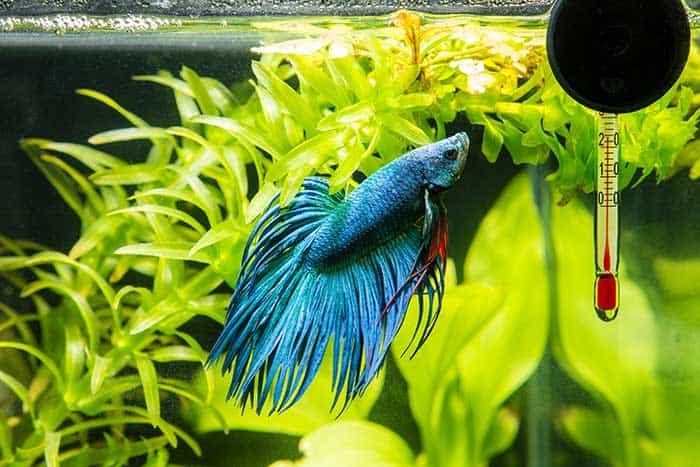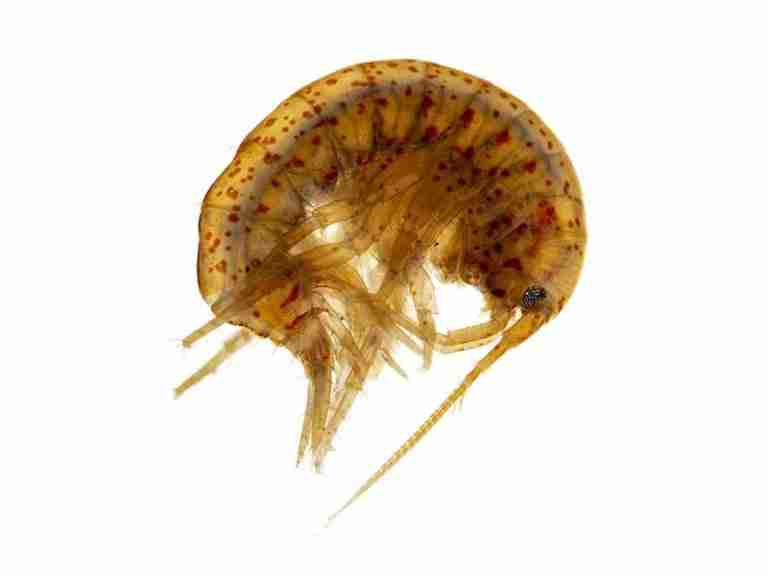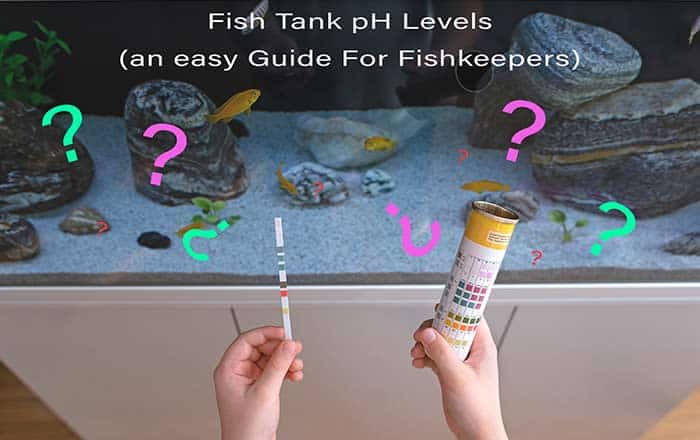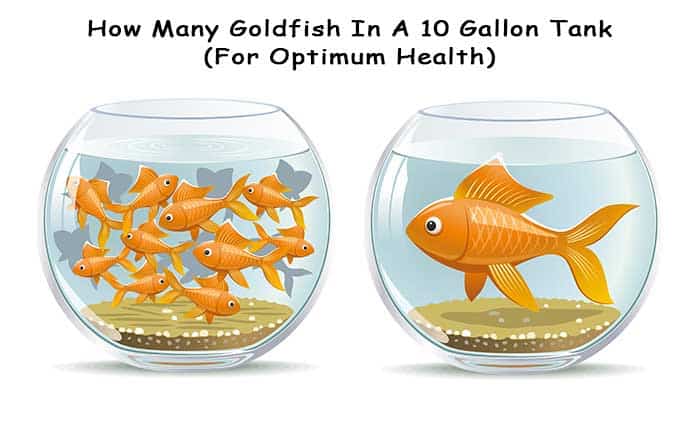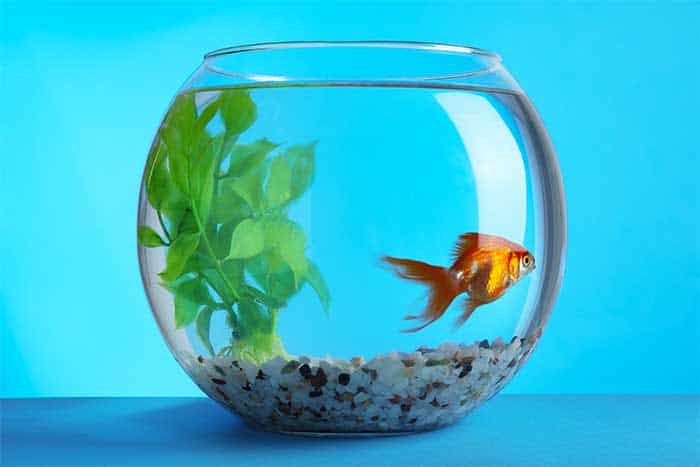What Is Alkalinity In Aquariums (and why is it important?)
If you are a new aquarium owner, all the different water parameters and how they are related may need to be clarified. Alkalinity is one aspect of water chemistry that causes much confusion. So what is alkalinity in aquariums, and what role does it play?
Alkalinity is a measure of the ability of water to resist changes in pH, and it is a crucial component in maintaining healthy aquariums. Alkalinity helps to stabilize aquarium water by regulating the pH levels, which can be drastically affected by fish waste and environmental factors.
It really is that simple! The higher the alkalinity, the more stable the water. But let’s not leave it there as there’s so much more to know about this important topic.

In this short article, I explain everything you need to know about alkalinity, and I explain it in a beginner-friendly. I’ll cover the important stuff in simple terms and leave out the fluff that you don’t need to know.
The main questions I answer are:
- What is alkalinity in aquariums? (A simple but comprehensive explanation).
- How is alkalinity measured in an aquarium?
- What is the best alkalinity level for a fish tank?
- How to adjust the alkalinity in an aquarium?
- What are the causes of high or low alkalinity?
- Can high or low alkalinity levels hurt fish?
Hold onto your hat, and let’s get started!
Total Alkalinity
Total alkalinity is a key factor when setting up a freshwater aquarium. It measures the capacity of water to neutralize or resist changes in pH, and we express it as milligrams per liter (mg/L) or parts per million (ppm).
Total alkalinity measures all bases dissolved in the water and is determined by the combined influence of carbonates, bicarbonates, hydroxides, and other alkaline compounds.
The most important base is carbonate, and total alkalinity is often referred to as carbonate hardness (KH). It is measured in degrees (d) or, more commonly, degrees of carbonate hardness (dKH).
Maintaining the correct total alkalinity level helps keep your aquarium’s pH stable and prevents large fluctuations that can be harmful.
Total Hardness
Total hardness measures the content of calcium and magnesium salts found in a given water sample. Total hardness is measured in the same way as total alkalinity, mg/L, and ppm.
Total hardness is often referred to as General Hardness (GH) and is measured as degrees of general hardness (dGH). A higher total hardness level also increases buffering capacity, making the pH more resistant to fluctuations.
Calcium and magnesium salts are important to help fish regulate their metabolism, and ion exchange, although high levels can be responsible for common problems in aquariums, such as:
- Scaling.
- Corrosion.
- Staining on tanks and fixtures.
- It can interfere with the growth of good bacteria (or biological filtration).
- Ammonia spikes.
It’s essential to keep an eye on your freshwater aquarium’s total hardness levels, as they can become too high over time if left unchecked.
The video below by Prime Time Aquatics does an excellent job of explaining water hardness and alkalinity.
What Does Alkalinity Do In A Fish Tank?
Alkalinity plays several vital roles in a fish tank by not only buffering the water against the effects of acids but also directly impacting your fish’s health.
Higher alkalinity levels help fish absorb minerals from the water and their food. Minerals are
an essential part of a fish’s diet, and if they cannot absorb them from their environment or diet, it will affect their long-term health.
In addition to minerals, the alkalinity’s stabilizing effect on pH is important to the health of fish. Fish are pretty sensitive to rapid fluctuations in the pH level, which can lead to health problems and sometimes death. Aquarium plants can also be affected.
Understanding alkalinity and how it affects your aquarium is essential for any aquarist looking to maintain a healthy environment.
How Is Alkalinity Related To pH?
You should now understand that alkalinity brings stability to the water pH in an aquarium, so let’s take a closer look at the relationship between alkalinity and pH.
pH is the measure of acidity in water, and it is measured on a scale from 0 (acid) to 14 (alkaline) with 7 (neutral).
Alkalinity provides a barrier against acidity, helping to maintain the optimal pH range. When mineral levels in alkaline water are worn away over time by acids, the pH can quickly drop into the acidic zone. Water is far more stable to fluctuations in the alkaline (basic) level.
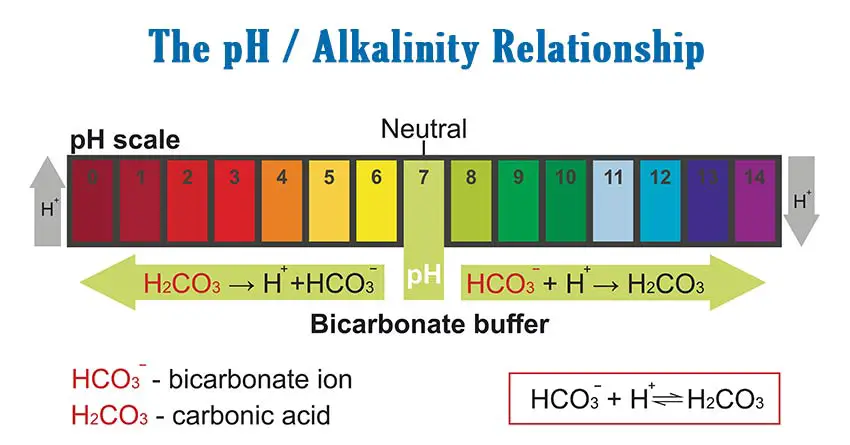
Alkalinity can immediately affect pH, while changes to pH only affect alkalinity over time.
I wrote an article specifically about pH levels in aquarium water where you can learn more about its relationship with alkalinity.
Is Alkaline The Same As Alkalinity?
While talking about alkalinity and pH, I think it is appropriate to clarify the meaning of “Alkalinity” and “Alkaline” as they are often confused.
The difference between alkalinity and alkaline is simply that Alkaline is a measurement of pH or acidity, while Alkalinity refers to the number of minerals dissolved in the water. The more minerals in the water, the higher the alkalinity. Also, if you increase one, the other decreases.
Alkaline water (often referred to as Basic) is at the opposite end of the pH scale from acidic. Both acidic and alkaline water can be beneficial to certain fish, although most fish prefer water that is neutral to slightly alkaline.
How Is Alkalinity Measured In An Aquarium?
The measurement of alkalinity is expressed as milligrams per liter (mg/L) or parts per million (ppm). The measurement comprises calcium hydroxide, magnesium hydroxide, and bicarbonate ions.
You will need to purchase an alkalinity test kit to test the alkalinity level. Alkalinity testing kits are easy to use by adding chemicals to a water sample.
After adding the chemicals, the water will react and change color. The resulting color can be compared to a chart to establish the current alkalinity level.
What Should Aquarium Alkalinity Be?
The ideal alkalinity level within an aquarium depends on the fish that you keep and what pH they prefer. Most freshwater aquariums will do fine with an alkalinity level between 4-8 dKH or 70 and 140 ppm, with a pH between 6.5 and 8.
Some freshwater fish prefer acidic water due to their natural habitat, but most fish can adapt. The biggest concern for fish is that the water chemistry is stable.
Marine aquariums or reef tanks have different requirements, where pH and alkalinity levels need to be monitored much more closely. A typical range for a reef tank is between 8-12 dKH or 140 and 210 ppm, with a pH between 8.1 and 8.3.
Is It Better To Have Low Or High Alkalinity?
It is generally better to have higher alkalinity levels. Low alkalinity has a much greater ability to cause harm to your fish. High alkalinity brings stability to the pH of your aquarium, which is far more beneficial to your fish.
High alkalinity can bring problems, such as causing calcium carbonate deposits to form on decorations and substrates. These deposits can disturb the delicate balance of the aquarium’s environment and affect the health of your fish.
The nitrogen cycle can also be disrupted with higher alkalinity levels, resulting in hazardous ammonia and other toxic elements accumulating in your aquarium.
How Do I Adjust Alkalinity In My Fish Tank?
There are several ways to adjust the alkalinity in a fish tank, dependent on whether you want to raise or lower the alkalinity.
Raising Alkalinity
To raise the alkalinity, adding baking soda (sodium bicarbonate) is a quick and popular solution in freshwater and reef aquariums. Baking soda is very alkaline and will have the effect of raising pH at the same time. Another quick solution is to add a buffering solution available at most pet stores or online.
The best way to raise alkalinity more steadily and over time is to add some crushed coral or dolomite gravel containing calcium carbonates that slowly dissolve into the water column.
I highly recommend you read an article I wrote about how to raise alkalinity in a fish tank.
Lowering Alkalinity
To lower the alkalinity, you will need to remove some mineral content by reverse osmosis, which filters out the minerals and can lead to very pure water. It would be best if you didn’t purify all the water in your fish tank, as some minerals are necessary.
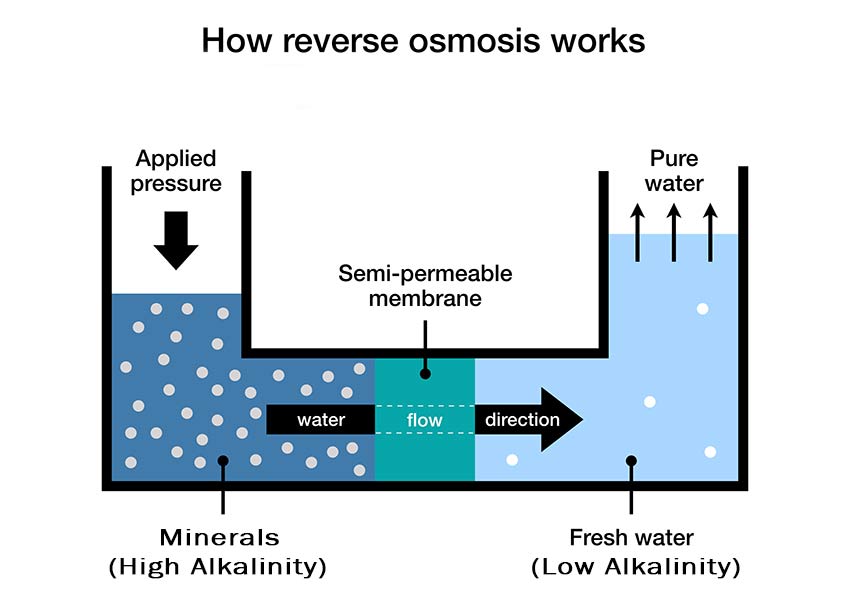
Another way to lower the alkalinity level is to remove some water and dilute it with distilled or mineral-free water.
For a more in-depth explanation of how to lower alkalinity, with lots of tips, read my article on How To Lower Alkalinity In Fish Tank Water.
What Causes High Alkalinity In A Fish Tank?
We already know that high alkalinity is caused by excess mineral content in the water, but how does this happen?
The main reasons for high alkalinity in an aquarium are:
- Using a hard water source such as tap water or other mineral-rich water without treating it with a conditioner.
- The use of rocks or ornaments made with minerals such as limestone or aragonite, which can dissolve into the water.
- The presence of coral can raise alkalinity due to the calcium carbonate content.
Finding the source of your high alkalinity will enable you to control it.
What Causes Low Alkalinity In A Fish Tank?
We have also learned that a lack of buffering minerals in the water causes low alkalinity. So what are the causes?
The main reasons for low alkalinity in an aquarium are:
- Using a water source that is low in minerals, such as reverse osmosis water, distilled water, or pure well water.
- A poorly maintained tank with fish waste and other organic waste will build up and become acid, gradually eroding the alkalinity.
- Over-filtration can remove too many minerals from the water column.
- High temperatures speed up matter decay, resulting in higher acidity and lower alkalinity.
It is vital to keep your alkalinity at an adequate level, so identifying the cause of low alkalinity is essential.
Does High Or Low Alkalinity Hurt Fish?
Low alkalinity is the most harmful to fish, as significant drops in pH can lead to oxygen deprivation and acid burns on skin and gills, leading to further breathing problems. pH drops can happen quickly and without warning, which many fish won’t tolerate, resulting in them experiencing shock.
Low alkalinity increases the risk of calcium deficiencies in fish. It can also cause acidosis (an accumulation of acid in the body) in your fish, leading to other problems, such as stunted growth and lowered immunity.
High alkalinity also comes with problems. Very high alkalinity can allow the pH of your aquarium to rise too high, leading to oxygen deprivation, and can also affect the delicate skin membrane of some fish, leading to irritation and infection.
High alkalinity can also cause problems with the nitrogen cycle in your aquarium, resulting in a buildup of toxic substances such as ammonia and nitrates that are dangerous for your fish.
Should your alkalinity become too high, allowing your pH to rise, it will be much harder to decrease the pH level due to the high level of buffering.
Conclusion
So as you can see, the topic of alkalinity doesn’t have to be complicated in relation to fishkeeping, especially in freshwater aquariums.
Most articles cover the science behind alkalinity, discussing the effects of ions and the molecular makeup of carbon. I hope my explanation of what alkalinity is in aquariums was much simpler to understand.
All you need to know is that the presence of specific minerals in the water protects it from sudden and often drastic changes to the pH level, making your fish tank become overly acidic or alkaline with negative consequences to aquatic life and plants.
To increase alkalinity and stability, you can add minerals, or if you want to allow the pH to decrease, you can remove minerals.
Mostly, aquariums are relatively stable without any extra work, but sometimes outside influences such as very hard or soft tap water and mineral-rich ornaments can affect the level of alkalinity, and by understanding this, you should be able to better identify any problems and find the appropriate solution.
I hope this article helped make the topic of alkalinity a little clearer to you!


